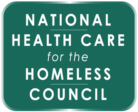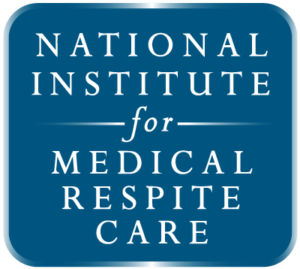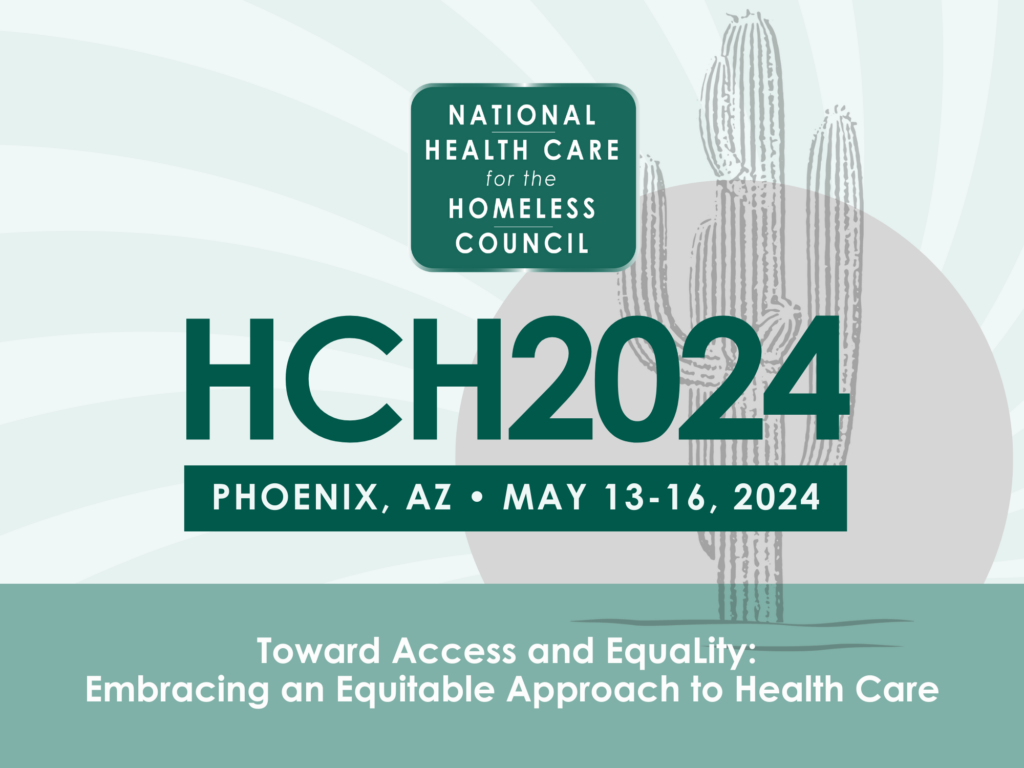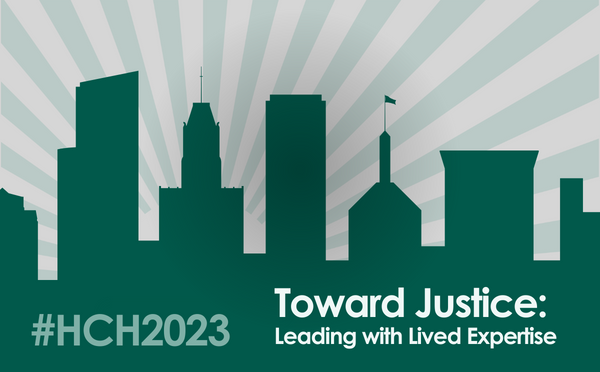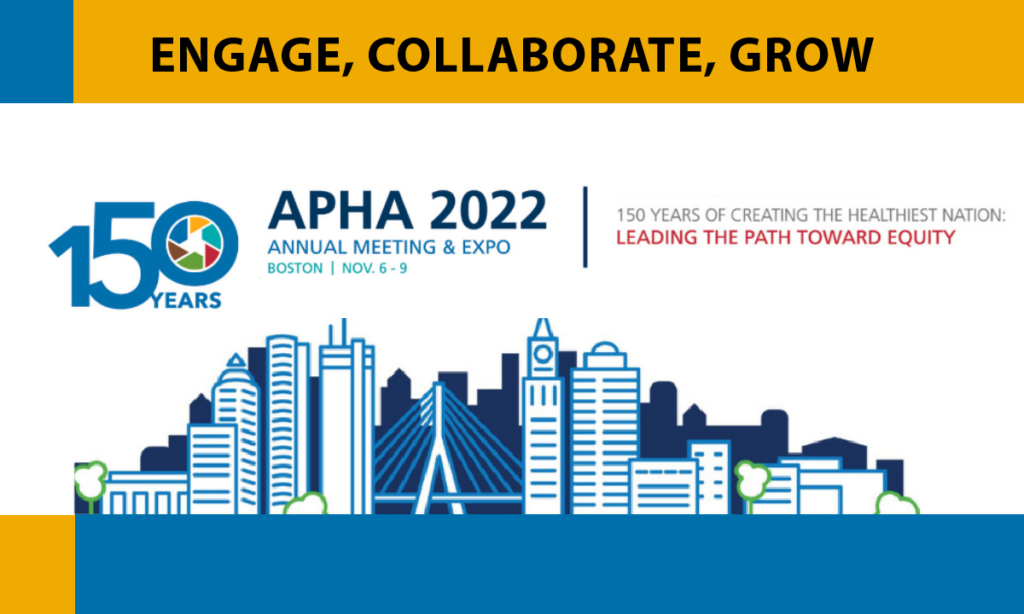Opioid Overdose and Buprenorphine Access – 2024 Update
This brief is intended to provide an update on the current state of opioid overdose and outpatient buprenorphine treatment in the United States. The brief will focus on disparities in treatment access and fatal overdose, as well as on opportunities to close care gaps and make buprenorphine treatment more accessible to people experiencing homelessness. Download […]
Opioid Overdose and Buprenorphine Access – 2024 Update Read More >>
